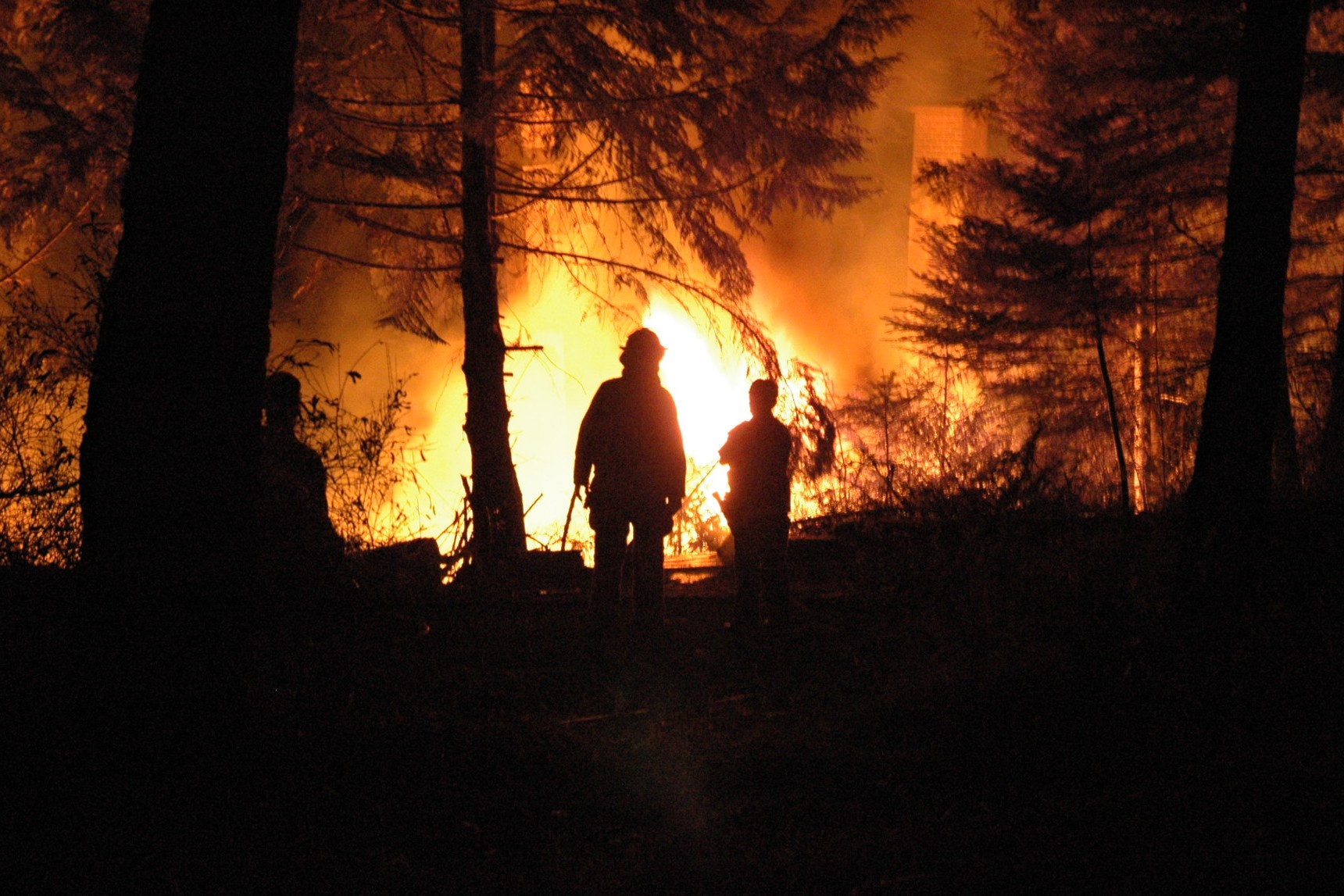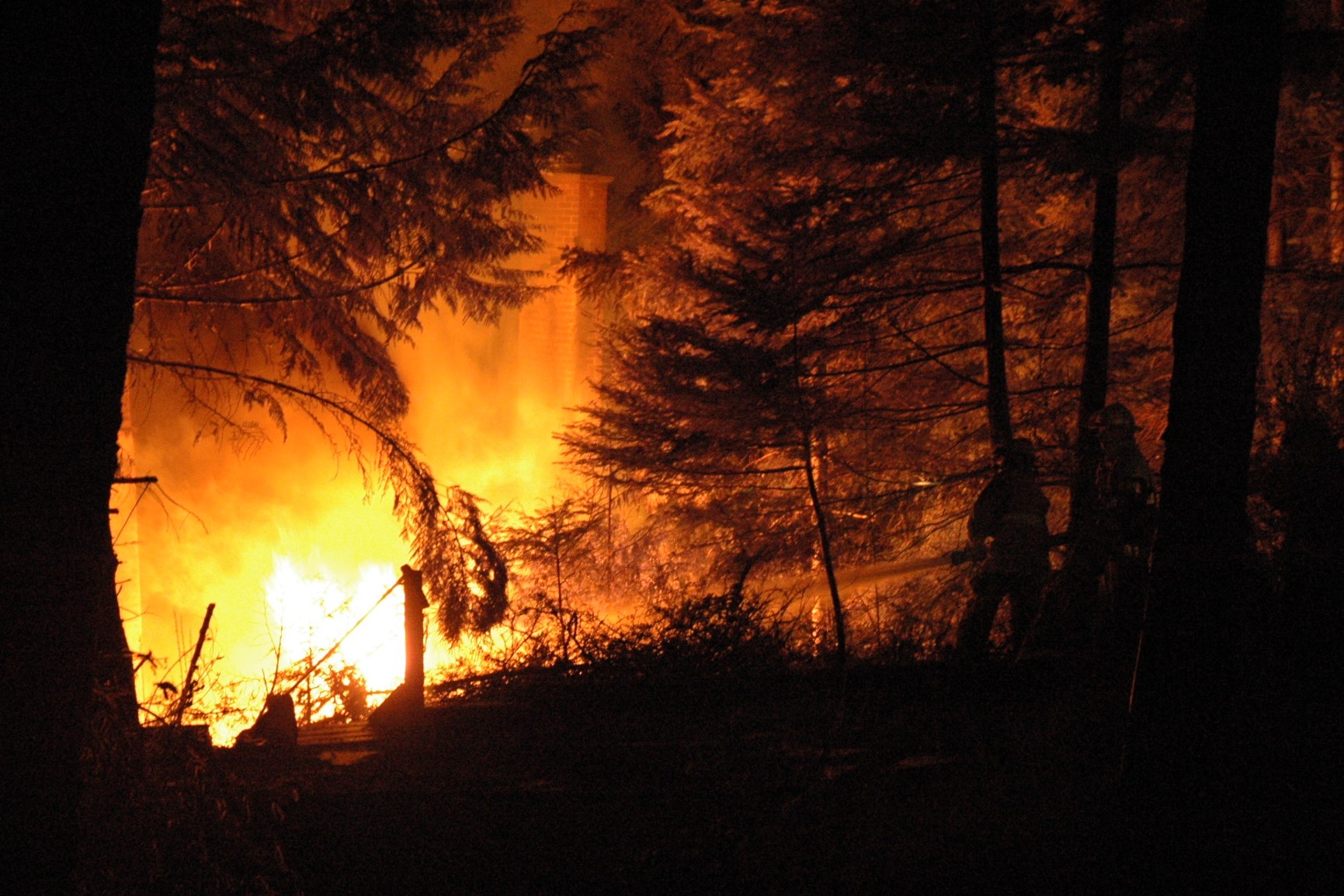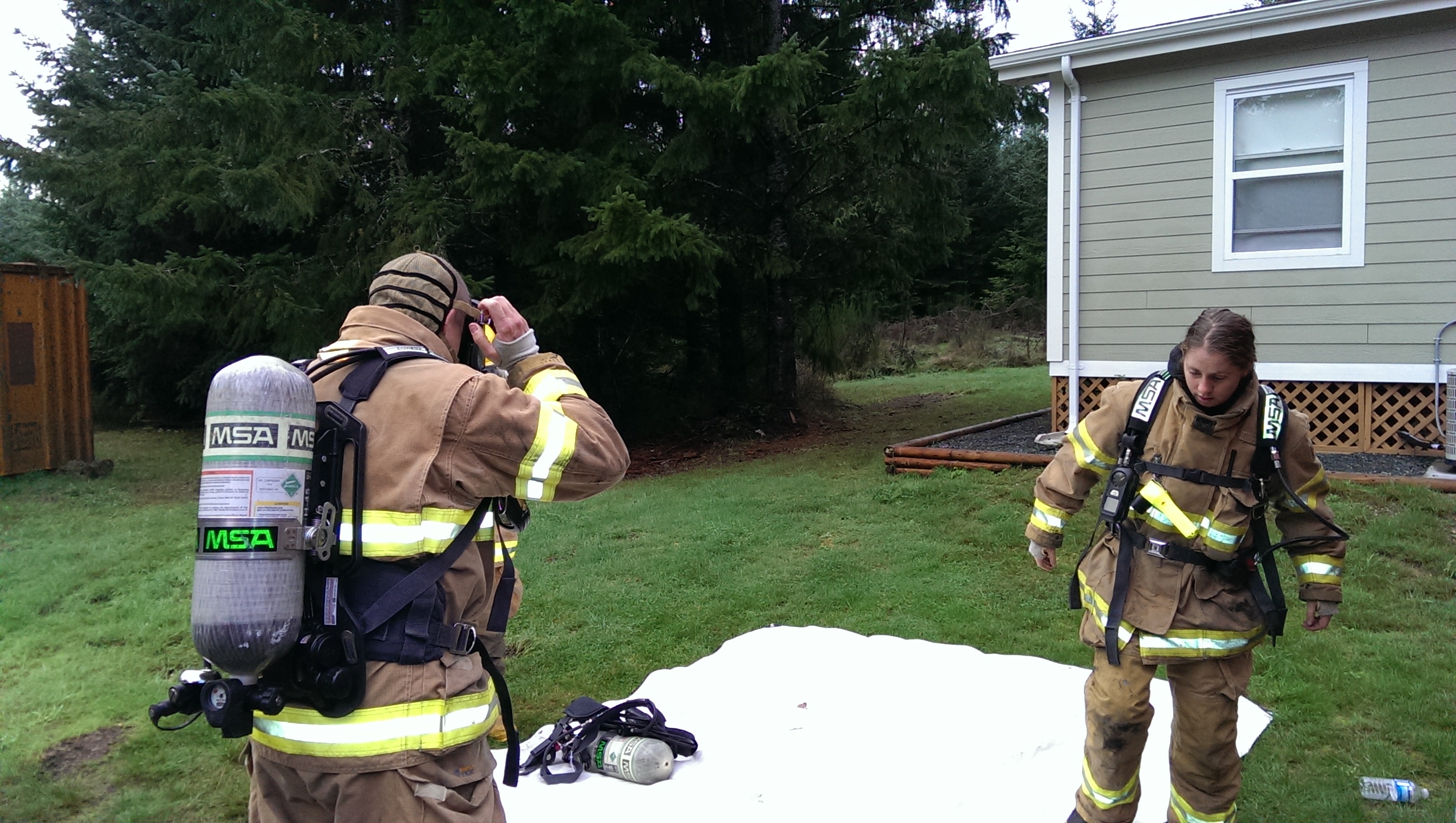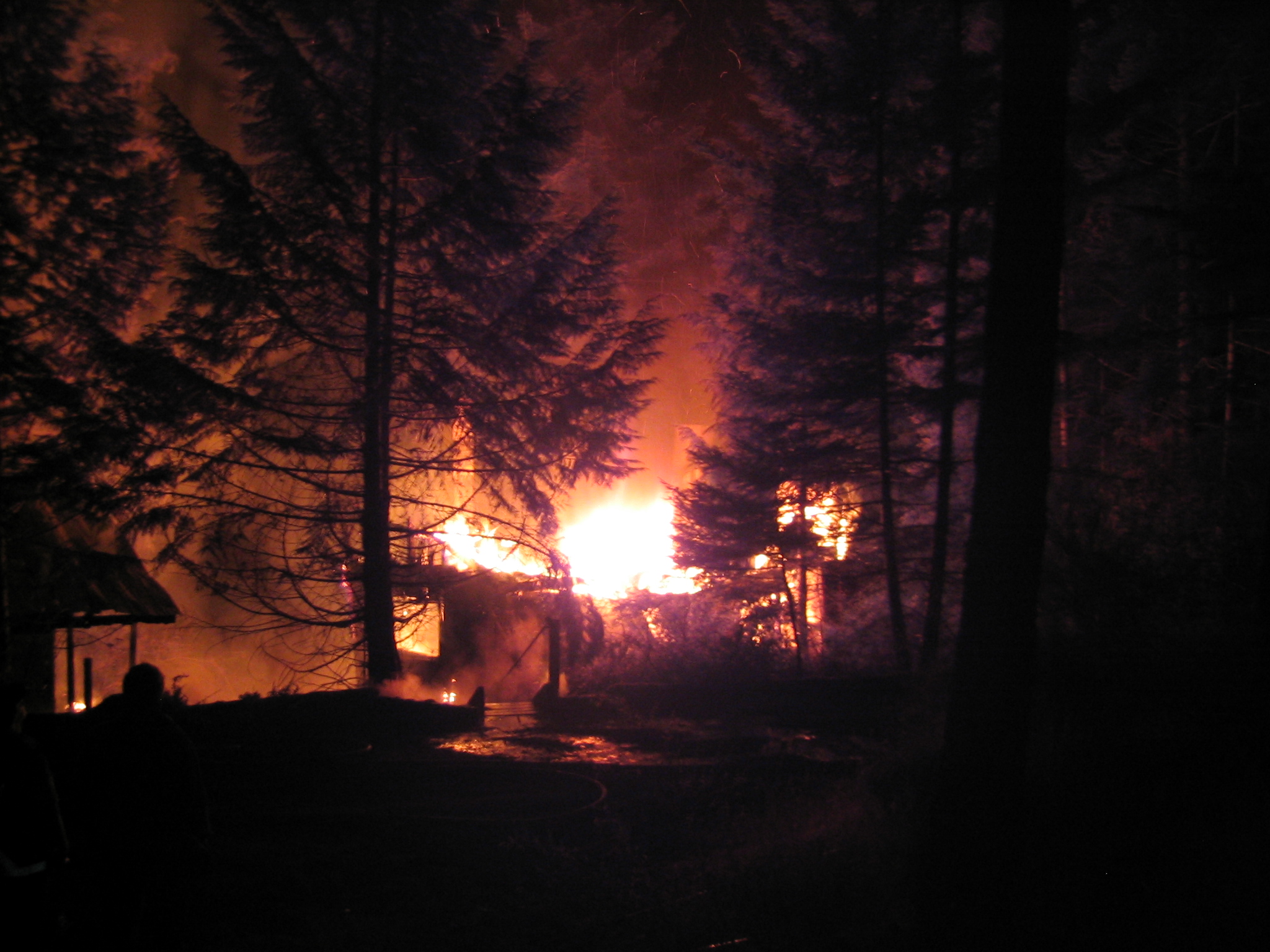Under paragraph 3(3)(b) of the Fire Services Act (B.C.), the Fire Commissioner is required to establish the minimum standards of training required for fire services personnel in British Columbia. In May 2015 the Fire Commissioner issued the second edition of the Structure Firefighters Competency and Training This document sets out a competency-based ladder that provides for a minimum level of sequential training and operational requirements that must be met by each fire department in the Province.
By way of bylaw #2045 the regional district is the authority having jurisdiction (AHJ) for the Denman Island Fire Rescue department, as defined by the Playbook. The Playbook mandates that the AHJ will set the service level to be provided by its fire department, which in turn determines the minimum training competencies that must be met by that department.
The Playbook establishes three service level options from which the AHJ may choose:
Exterior operations: is the Service Level that includes firefighting activities restricted to the control and/or extinguishment of fire from a position external to the building or object in question, and outside of any IDLH* environment
Interior operations: is the Service Level that authorizes firefighting activities that include entry into structures and objects with the purpose of control and/or extinguishment of fire. This requires use of specialized protective equipment and procedures not covered by the training provided in relation to Exterior Operations Service Level.
Full service operations: is the Service Level that includes activities that are undertaken by firefighters and officers trained in the full spectrum of Competencies outlined in the NFPA 1001 Firefighter 2, Standard for Fire Fighter Professional Qualifications as well as the relevant competencies of NFPA 1021 Standard for Fire Officer Professional Qualifications for officers.
*IDLH (Immediately dangerous to life and health) – refers to incident conditions that present an immediate threat to a person’s safety through inhalation or exposure (e.g. smoke, noxious vapor, super-heated air), and includes any oxygen-deficient atmosphere or any untested confined space.
Once a service level has been established, the AHJ must ensure that the Fire Department meets the competency requirements as identified in the competency ladder, as well as for functions and roles not expressly covered by the Playbook.
Denman Island Fire Rescue currently responds and operates with 32 members at a level on par with the proposed Interior Operations level.
Interior Operations Service Level:
The Fire Department may engage in internal fire suppression activities within simple structures or objects such as a vehicle, single family dwelling or other small structures. Interior Operations may also include more complex structures that DIFR has assessed and pre-planned for, such that it determines the structure to be safe for Internal Operations by qualified firefighters. Firefighters must be trained specifically to the risks associated with these structures.
Interior Operations Level fire services will have operational guidelines, that must be written and enforced by the department, that describe advanced training in fire operations activities that allow for a calculated fire attack within permitted structures and objects.
Interior operations must be undertaken in accordance with the requirements of WorkSafe BC.
It must be stressed that although Denman Island Fire Rescue anticipates training and responding to Interior Operations Level, the actual response to an incident could be modified depending on the actual personnel available and their individual qualifications.






